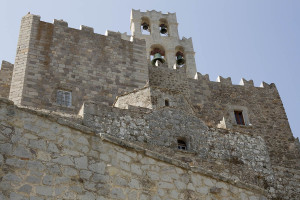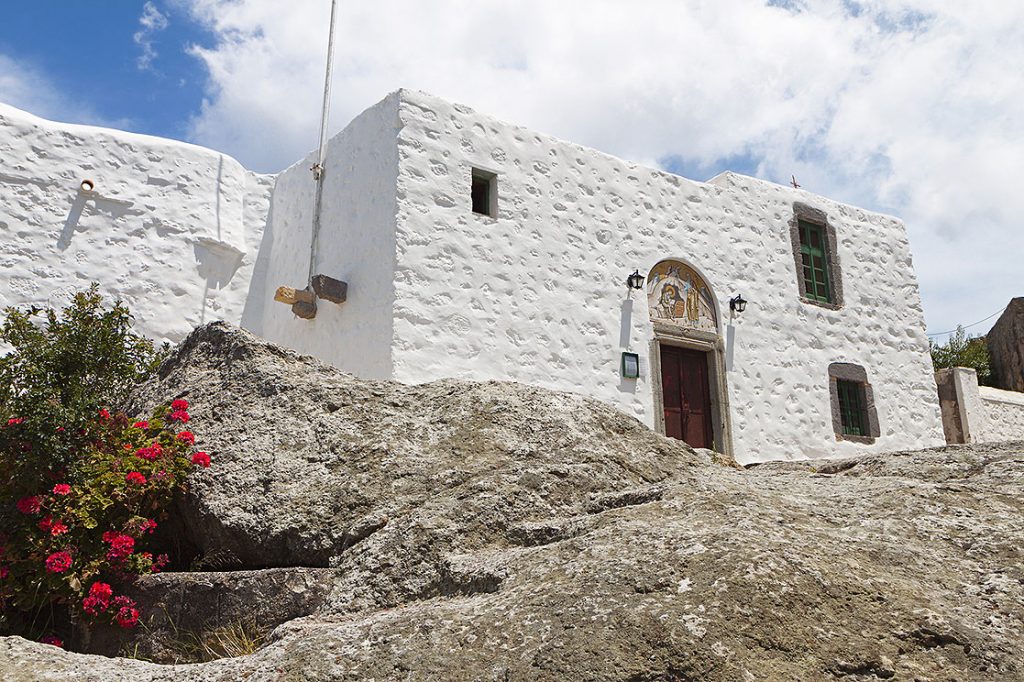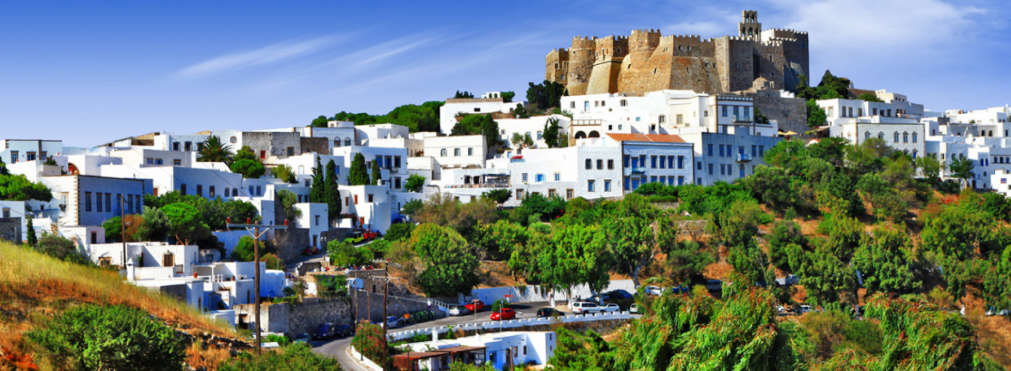UNESCO World Heritage Monument
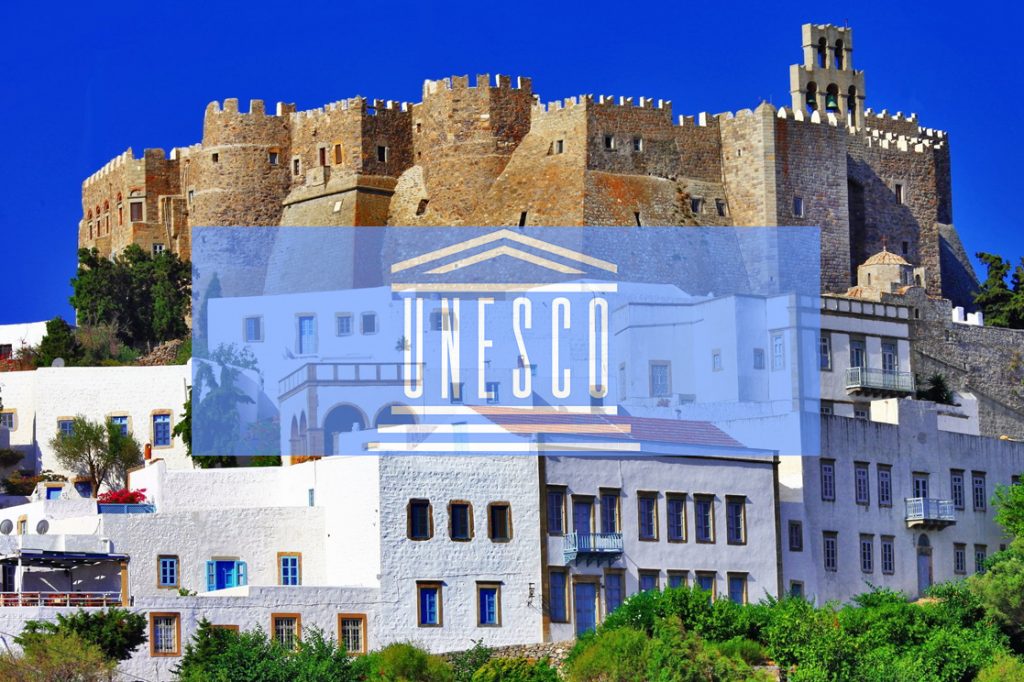
The unspoiled beauty of Patmos throughout the centuries was the one that led Unesco in 1999 to proclaim the historical site comprising Chora (Patmos Town), the Monastery of Saint John the Theologian and the Cave of the Apocalypse as UNESCO World Heritage Monument.
Its inscription in the World Heritage List was justified according to three criteria:
Criterion (iii): The town of Chora on the island of Patmos is one of the few settlements in Greece that have evolved uninterruptedly since the 12th century. There are few other places in the world where religious ceremonies that date back to the early Christian times are still being practiced unchanged.
Criterion (iv): The Monastery of Hagios Ioannis Theologos (Saint John the Theologian) and the Cave of the Apocalypse on the island of Patmos, together with the associated medieval settlement of Chora, constitute an exceptional example of a traditional Greek Orthodox pilgrimage centre of outstanding architectural interest.
Criterion (vi): The Monastery of Hagios Ioannis Theologos and the Cave of the Apocalypse commemorate the site where St John the Theologian (Divine), the ‛Beloved Disciple’, composed two of the most sacred Christian texts, his Gospel and the Apocalypse.
All of the above and even more can be discovered by every visitor of Patmos and those are the elements that distinguish it and make it one of the most special destinations in the world.
For the full text of UNESCO’s decision, please click here
Coesima

Patmos belongs to the European network COESIMA (Coopération Européenne des Sites Majeurs d’Accueil), which was established within the framework of the Community initiative INTERREG III South.
The network is composed of seven major European tourist destinations:

- Lourdes (France),
- Loreto (Italy),
- Czestochowa (Poland),
- Fatima (Portugal),
- Altötting (Germany),
- Santiago de Compostela (Spain) – and, of course,
- Patmos.
All of the above cities, with a history spanning over many centuries, welcome a total of 20 million visitors a year and collaborate so as to meet visitors’ expectations, define the means of facilitating new visitors, enhance cultural heritage and ensure a common promotion of these locations internationally.
It should be noted that, of these seven traditional pilgrimage sites, only Patmos attracts the faithful of all Christian denominations (and not mainly Roman Catholics), but also that it stands out, too, because its religious visitors do not come to worship a miraculous icon of the Virgin Mary as in the other locations, but to gain a firsthand experience of the site of the Revelation to Saint John.
The Windmills of Patmos – Europa Nostra
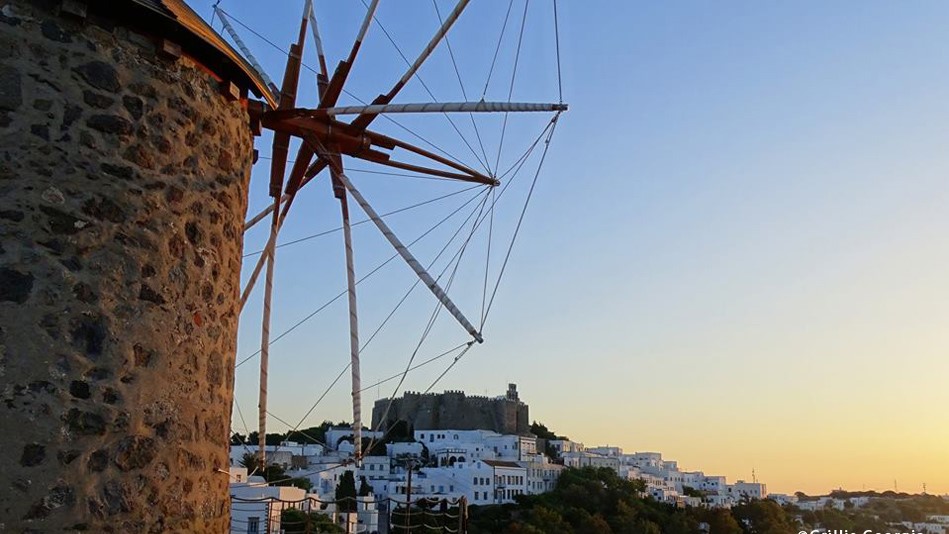

Europa Nostra, created in 1963 in collaboration with the European Union, constitutes a pan-European citizen’s movement for the safeguarding of Europe’s cultural and natural heritage.
Since 1978, Europa Nostra awards prizes in four categories of cultural projects evaluating them in four categories: conservation; research and digitization; dedicated services; education, training and awareness-raising.
In 2012, Patmos was one of the laureates in the category “conservation” for the exemplary restoration of the three windmills of the Monastery of St John the Theologian in Chora.
The two windmills were constructed in 1688 and the third in 1863, while in the 1950s they were abandoned as were the most windmills in Europe. After their restoration in 2012, the windmills, apart from the fact that they are open to the general public, at the same time they are put into operation producing limited – at the time – quantity of flour , having, however, prospects of growth of this production.
The Windmills of Patmos:
Maintenance and Rehabilitation Process
Patmias School

In 1713, along with the spiritual growth and bloom of the letters from the Greek Orthodox of the Ottoman Empire, came the foundation of Patmias School.
Patmias School was founded by the Patmian Makarios Kalogeras, who had studied in the Great School of the Nation. Makarios found as supporters in his work influential figures of the time, such as the families of Mavrokordatos and Ypsilantis. He settled in the Holy Seat of the Sacred Revelation in Patmos, where he began his work of teaching, while the reputation and popularity of his speech spread rapidly. In a short period of time the need for expansion of the School emerged as more and more students flocked to Patmos. Since 1729 the class lectures continued in a building built by the noble of Constantinopole Manolakis Ypsilantis, an individual building next to the Revelation (“Old Patmias”).
Originally Makarios taught alone, but later contributed to his work as sub-teachers the monks Kosmas and Gerasimos Byzantios, whose efforts were determinant in the composition of the core of the library of the School in 1740. The teaching object of Makarios was interpretations of Greek writers and church fathers, grammatical classes, philosophy, rhetoric, church music and latin. Makarios continued teaching up until his death in 1737, when he was succeeded by Gerasimos Byzantios and Vasilios Proikonisios. In the years that followed, one of the most successful School managers was the Patmian Daniel Kerameus, under the authority of whom the school reached the peak of its glory, with more than 100 students and the expansion of the library with the addition of publications printed on Greek by publishing firms in Venice.
Enlightened teachers taught in the School such as Paisius Karapatas, Neophytos Byzantios, Ioannis Sakellion, Ierotheos Floridis, Alexandros Dilanas and Michael Malandrakis, while in graduates of the School are enlisted as great teachers of the Nation such as the Patriarch of Alexandria Theophilus Pagkostas, the Ecumenical Patriarch Gregory V, “the founder of the Society of Friends Emmanuel Xanthos and Themelis Dimitrios.
The decline occurred in the period before and during the Greek revolution, as there was an interruption of earnings. In 1831, however, it was restored and managed to gradually recover. In the period of the Italian occupation (1912-1947) it stopped functioning. In 1947 it was reestablished as a seminary and from 1948 until today it operates as an ecclesiastic school. Today, only small and dilapidated sections from the first School – the old Patmias- are saved, while most courses are taught in the “New Patmias” building, which is located just above the Seat.

